
SAN DIEGO (AP) — A military seafaring assault vehicle that sank off the coast of Southern California is under hundreds of feet of water, putting it beyond the reach of divers and complicating rescue efforts for eight missing troops, officials said Friday.
Still the Marine Corps commandant, Gen. David Berger, said the search was continuing while he was suspending waterborne operations of all of its more than 800 amphibious assault vehicles across the branch until the cause of the accident is determined. He said the move was out of “an abundance of caution.”
Berger said the focus now should be on the troops and their families. One of the eight Marines who were rescued died at a San Diego hospital. Two Marines remained hospitalized with injuries but were stable and out of the intensive care unit.
ADVERTISEMENT
A total of 16 troops — 15 Marines and one Navy corpsman — were on board when the amphibious assault vehicle started taking in water Thursday evening as it was about a half mile (more than 1,000 meters) from the shores of San Clemente Island.
They had just completed a routine training exercise and were heading back to the Navy ship with a dozen other amphibious assault vehicles, said Lt. Gen. Joseph Osterman, the commanding general of the Marine Expeditionary Force.
Troops on board two other amphibious assault vehicles responded quickly but could not stop the 26-ton vehicle from sinking, Osterman said.
“It’s a very tragic situation,” Osterman said, adding that his thoughts and prayers are with the troops and their families.
Military ships, small boats and helicopters continued searching the choppy seas for the missing Friday amid moderate to strong winds. The Navy-owned island is about 70 miles (112 kilometers) offshore from San Diego.
The Navy and Coast Guard were discussing ways to reach the sunken vehicle to get a view inside it, Osterman said.
All of the Marines on the vehicle, which resembles a seafaring tank, were attached to the 15th Marine Expeditionary Unit. They ranged in age from 19 to early 30s and all were wearing combat gear, including body armor, Osterman said. Each troop also had flotation devices.
The vehicle is designed to hold up to 24 people with 280 pounds of equipment each, Osterman said. He said there were three water-tight hatches and two large troop hatches and that it is designed to be naturally buoyant.
Thursday’s accident marks the third time in recent years that Camp Pendleton Marines have been injured or died in amphibious assault vehicles during training exercises. The vehicles have been used since 1972, and continually refurbished. Marine Corps officials said Friday they did not know the age or other details of the one that sank.
ADVERTISEMENT
In 2017, 14 Marines and one Navy sailor were hospitalized after their vehicle hit a natural gas line, igniting a fire that engulfed the landing craft during a training exercise at Camp Pendleton, the sprawling coastal Marine Corps base north of San Diego.
And in 2011, a Marine died when an amphibious assault vehicle in a training exercise sank off the shores of Camp Pendleton.
The Marines use the vehicles to transport troops and their equipment from Navy ships to land. They are nicknamed “amtracs” because the original name for the vehicle was “amphibious tractor.”
The armored vehicles outfitted with machine guns and grenade launchers look like tanks as they roll ashore for beach attacks, with Marines pouring out of them to take up positions.
The Marine Expeditionary Force is the Marine Corps’ main war-fighting organization. There are three such groups which are made up of ground, air and logistics forces.
___
This story has been corrected to say the craft was one of 13 involved in an exercise, not one of more than a dozen.
The Link LonkJuly 31, 2020 at 05:49PM
https://ift.tt/2BPAV80
Marine vehicle deep under sea, complicating rescue search - The Associated Press
https://ift.tt/2CoSmg4
Sea

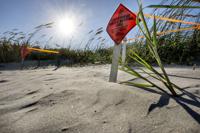

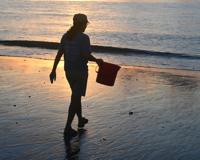





/cloudfront-us-east-1.images.arcpublishing.com/mco/KTCLQIPSJ5E3DIQDK5IRBNTQWQ.jpg)
/cloudfront-us-east-1.images.arcpublishing.com/mco/TFHN2XCCZVH7RBEOD4W2WAH4TU.jpg)

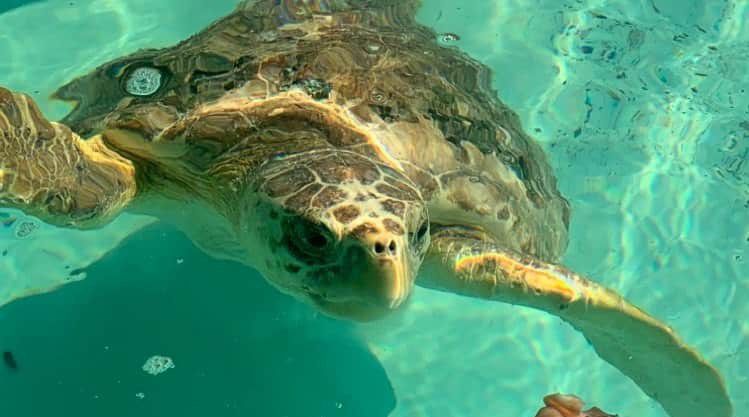










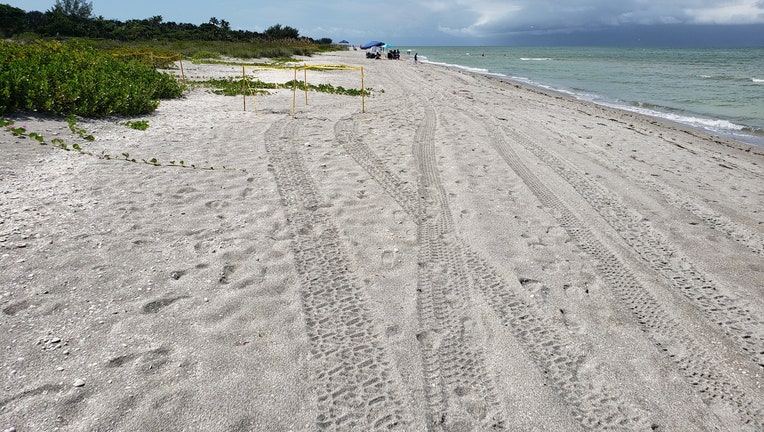

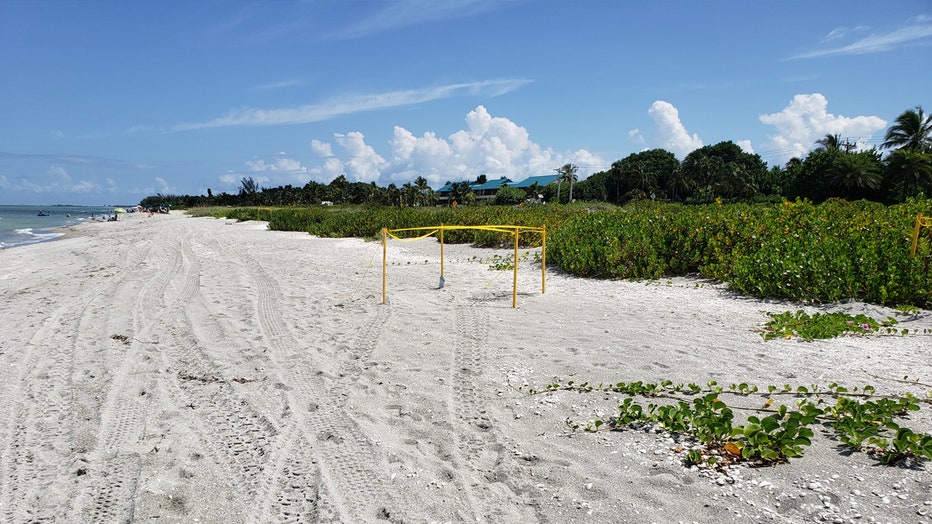

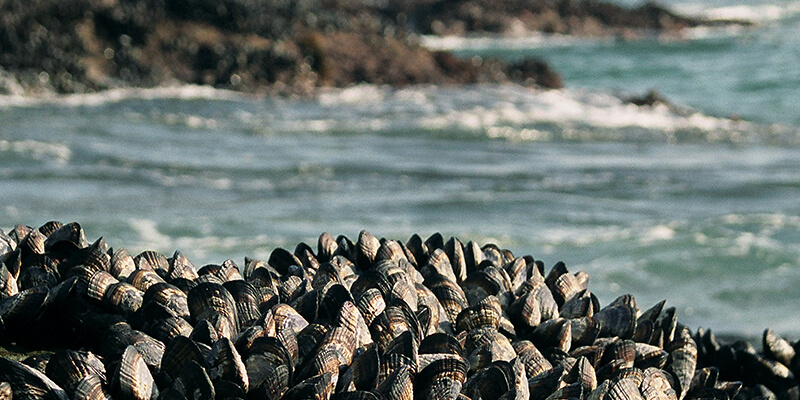

/cloudfront-us-east-2.images.arcpublishing.com/reuters/CZF6NULMVVMEXHOP7JK5BSPQUM.jpg)